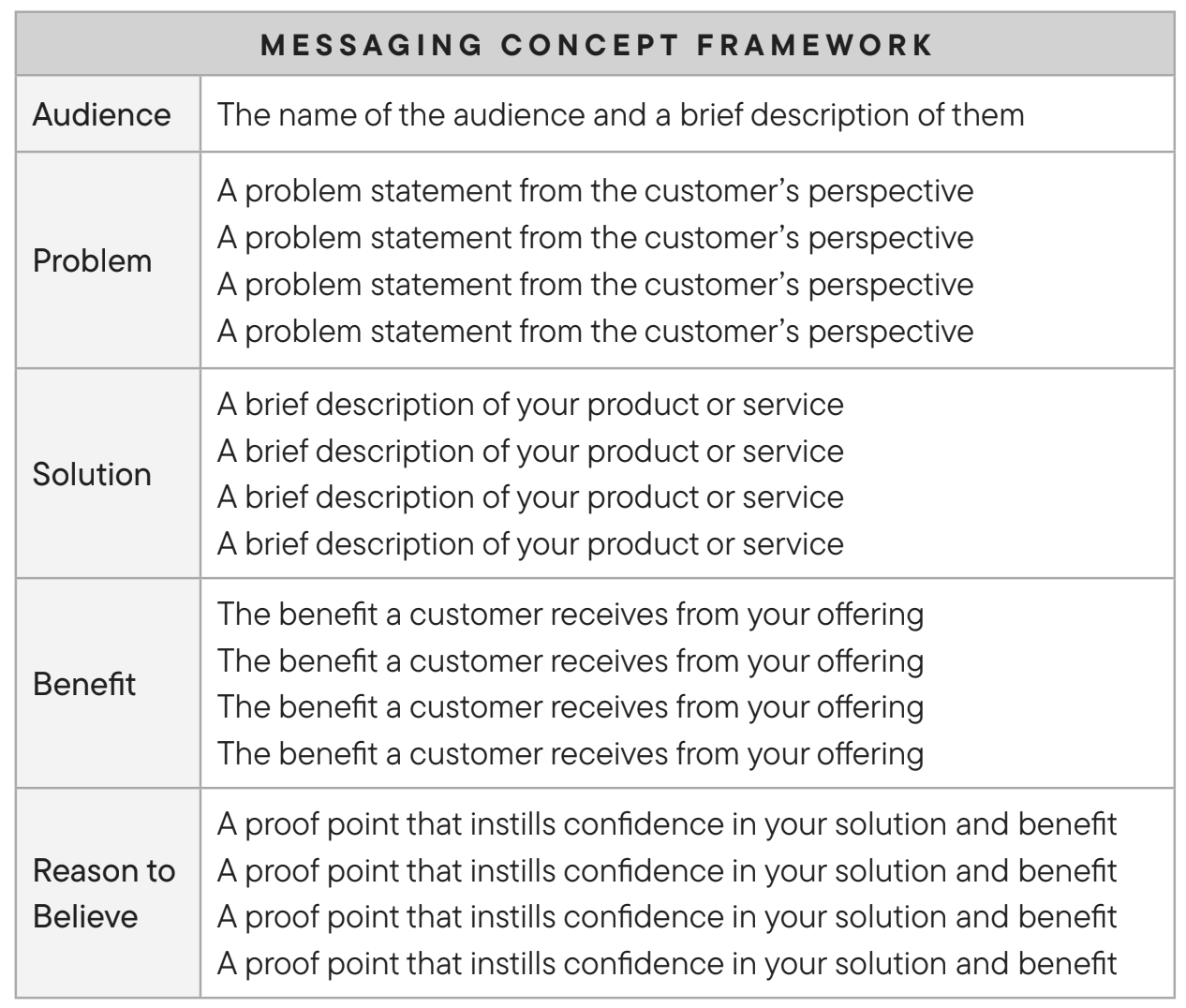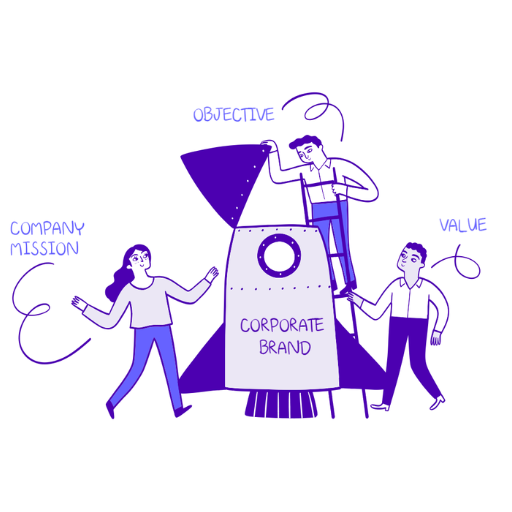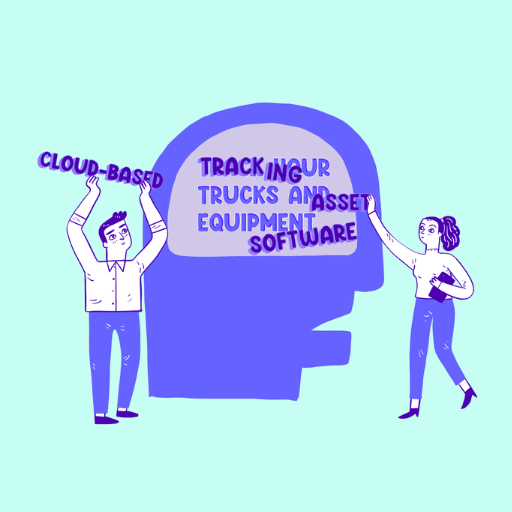
‘Building a Brand That Scales’ Featured in Utah Business Magazine
.png)
An excerpt from Chapter 10, “Marketing Messaging,” of our founder’s book Building a Brand That Scales: How to Unlock the Hidden Value in Your Brand and Business was recently featured in the June issue of Utah Business Magazine.
Below is the full article—offering you an exclusive preview of Chapter 10. Enjoy the read!
‘BUILDING A BRAND THAT SCALES: HOW TO UNLOCK THE HIDDEN VALUE IN YOUR BRAND AND BUSINESS’
An excerpt from Chapter 10, “Marketing Messaging.”
By Jed G. Morley
The first version of your messaging concept is your minimum viable message (MVM). Like a minimum viable product (MVP), a minimum viable message is a prototype of a message you think will resonate with your customers but haven’t tested yet. It represents your team’s collective ideas about a value proposition or benefit statement that you believe will resonate with one of your audiences based on who they are, what they want, and what’s in their way. Minimum viable messages get you started on the messaging development path, but they’re just the beginning.
We typically line up four MVM options within each section of a messaging concept—aside from the audience section, which has just one entry.
MESSAGING CONCEPT FRAMEWORK

Refining your MVM involves asking customers which options are most relevant within each section of your messaging concept and inviting them to change or eliminate any wording to reflect their feelings and needs better. After deleting irrelevant options, you reorganize the remaining options from most to least important according to your customers’ preferences and priorities. This prioritization process is much easier once you know the message elements that resonate with your audiences and why.
You should develop a unique messaging concept for each audience to gather specific insights into each customer segment. After talking with three or more customers from each audience, you will start to see patterns and eventually reach a saturation point where you consistently get positive feedback on your refined messages. That’s when you’ll know you have a valid message to take to market.
If a message isn’t resonating with a given audience, you have either the wrong offering or the wrong audience. To find resonance, you’ll need to pivot and change your audience or offering—or both—until they align.
Remember, the goal is to solve a significant enough problem for your audience so they’re genuinely motivated to buy your product or service to solve it. The messaging development process depends on meaningful MVM conversations with customers representing the right market segments. That’s why being selective in who you invite to evaluate and provide feedback on your MVM is so important.
Using AI-powered tools to generate marketing messages runs the risk of producing me-too value propositions derived from existing messages others have already used. To differentiate your messaging and narrative, you must go to the source by talking with customers and generating human-centered insights with an in-depth understanding of what customers want and why. The need to create distinctive messages based on unique insights is especially true for new products and services that offer something different and uniquely relevant. It applies to established categories, too.
Enjoyed this excerpt? Visit the book’s landing page to learn more and get your copy of this #1 Amazon bestseller today!

Frequently Asked Questions

.png)

.png)
.png)

.png)

.png)








.png)
.png)
.png)

.png)



.png)




.png)







.png)
.png)

.png)
.png)


.png)
.png)


.png)
.png)

.png)
.png)
.png)
.png)